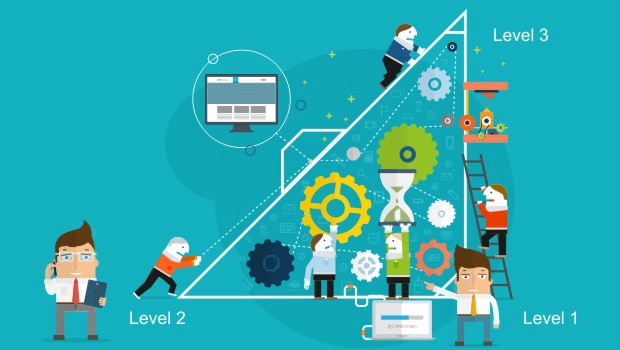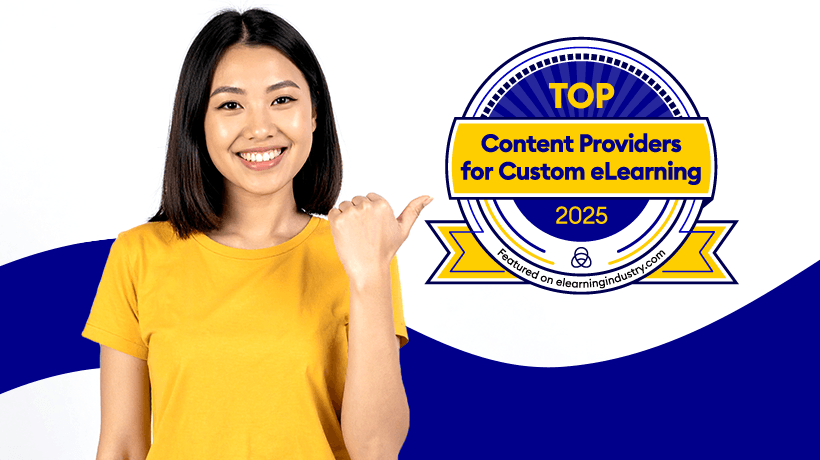Key Advantages Of Custom eLearning For Corporate Training
PulseLearning has identified six major advantages custom eLearning development can bring to your business.
- Meaningful, relatable content.
Let’s say your organization has a strategic business goal to increase sales by 5 percent this financial year and have identified several key skills to assist employees in achieving this goal. You could purchase an existing product that teaches these skills; however, it would be most powerful to present the skills in alignment with your specific sales process using actual case studies from your sales team. With custom eLearning, content can be linked to real-life scenarios to make it meaningful and relatable so learning can immediately be applied on the job. - Cost-effective, efficient updating.
With the initial investment out of the way, it should be quick, easy, and inexpensive to update your custom eLearning content. Professional, skilled Instructional Designers and developers can design and organize your training product to allow quick, easy, and inexpensive maintenance and editing. Custom eLearning also enables you to amend content whenever necessary without waiting for new releases of purchased products. These reasons alone can provide greater ROI than generic, pre-built eLearning courses. - Alignment with brand values and image.
Custom eLearning provides an opportunity to strengthen your brand image and values. For example, your eLearning course can sit within a custom-designed skin using your corporate colors and logo so it is instantly recognizable as an asset of your organization. Content can be created to reflect your corporate values, strengthening your commitment toward implementing them. - Targeted, specific assessments.
The assessment process is important for determining if your eLearning has been successful and to help you measure ROI. Perhaps you’ve included a multi-branching scenarios in your custom eLearning where the learner simulates an interaction with a customer. If learners take the incorrect path, it would be beneficial to provide directional feedback that clearly states where and why they went wrong and what they should have done. A targeted, specific assessment can also help learners retain fundamental learning messages. - Improved learner motivation and engagement.
Learner motivation and engagement is influenced by many factors, including how meaningful and direct the content is to the learner, creative devices and mediums used, and the length and structure of topics and the overall course. Custom eLearning allows you to control all of these aspects and make changes over time to reflect your evolving learner group. For example, you survey your employees and find the majority prefer to learn through visual or auditory methods, making video a valuable medium to use. You can then further increase engagement by using real employees and locations in these content videos. - Supports future direction and innovation.
Current technology and education trends point to a future where learning is a learner-centric, personalized experience. Consider augmented learning, where the environment adapts to the needs and inputs of the learner so they can gain increased understanding of content while simulating discovery and learning. Custom eLearning is a step toward this innovative direction whereby in-depth design can begin to put learners in control of their learning experience. For example, your custom eLearning could consist of a bank of content assets relating to your learning objectives. An initial pre-test could find the areas of incompetency and then stream the required learning assets to the individual.
Originally published on February 3, 2016









